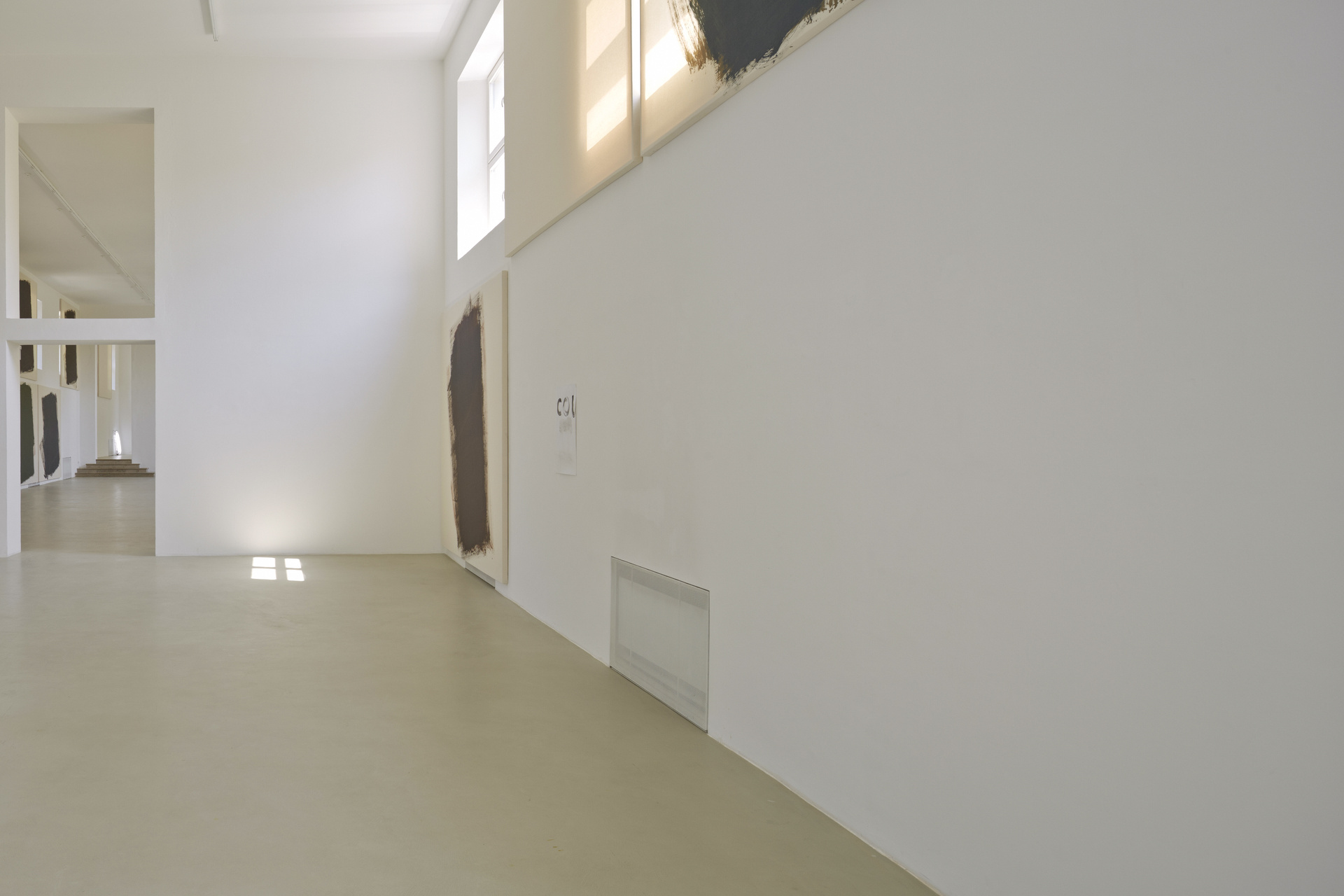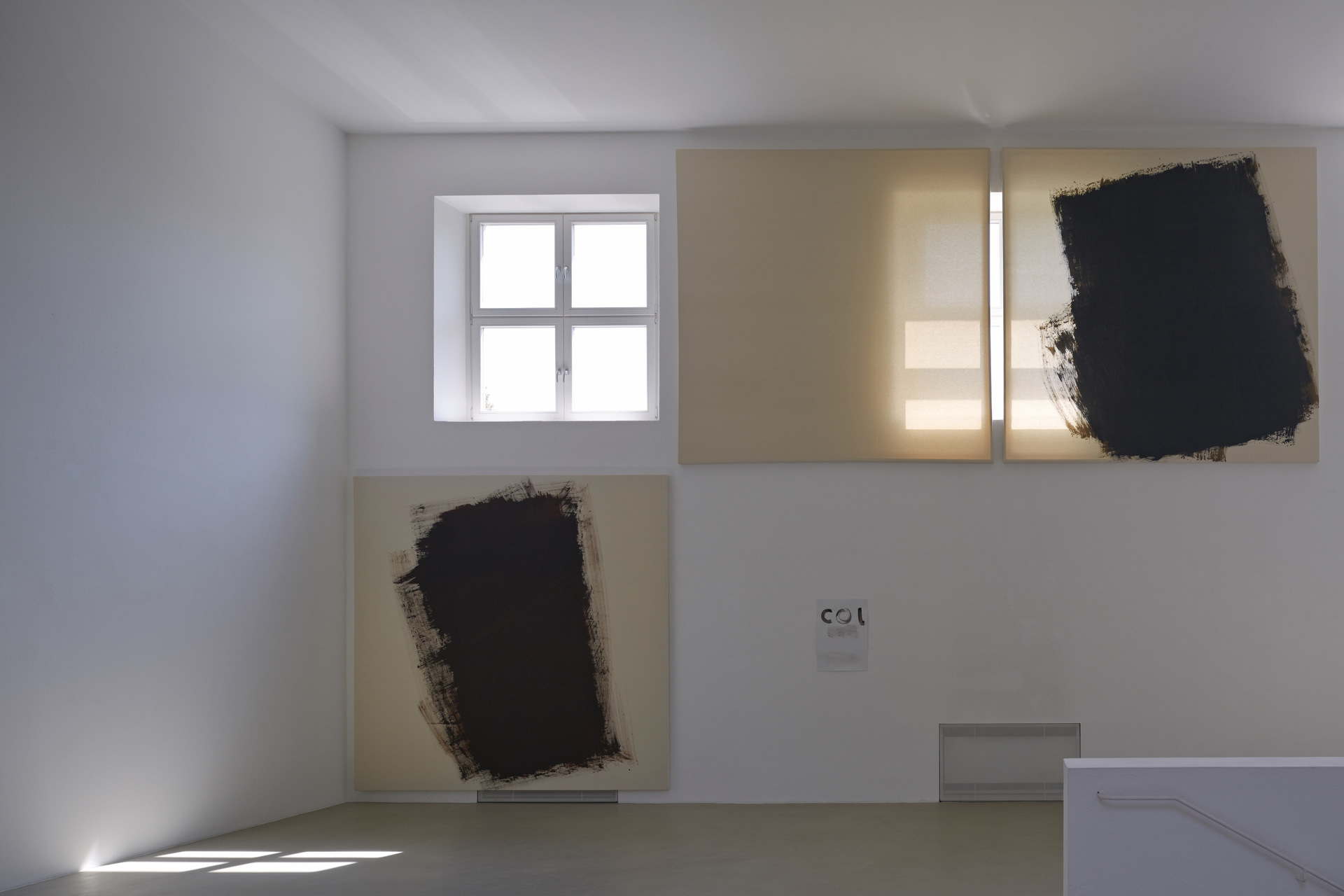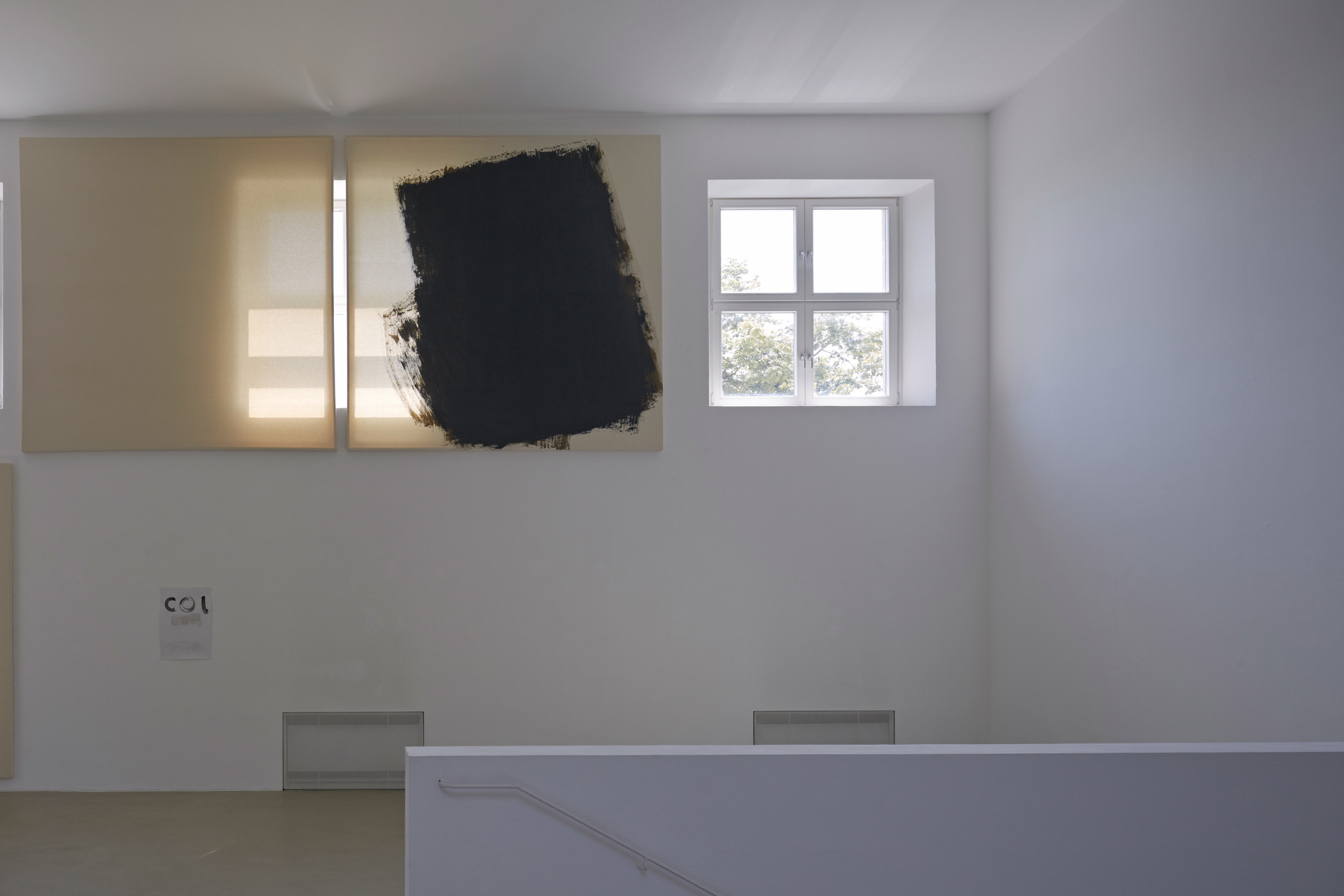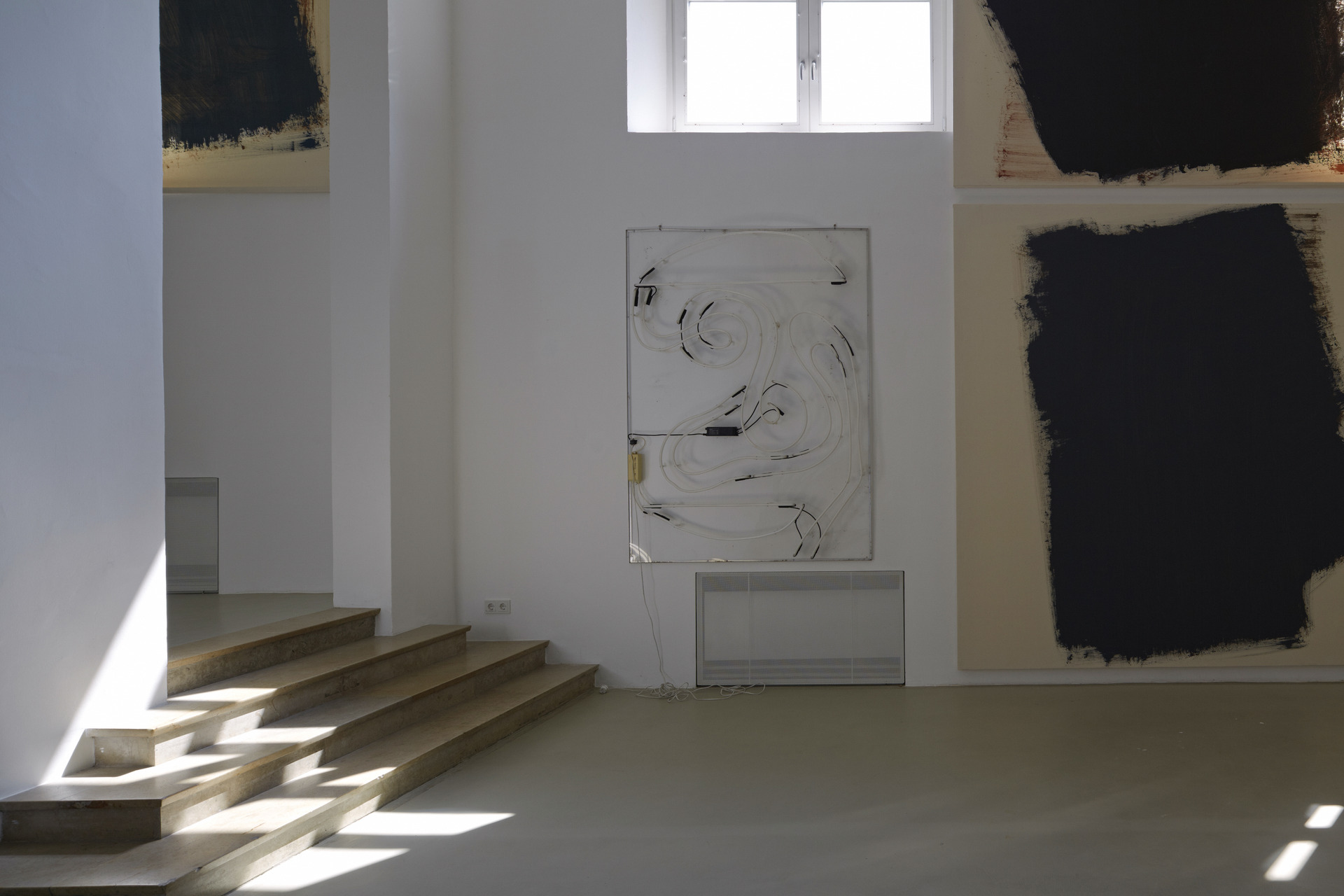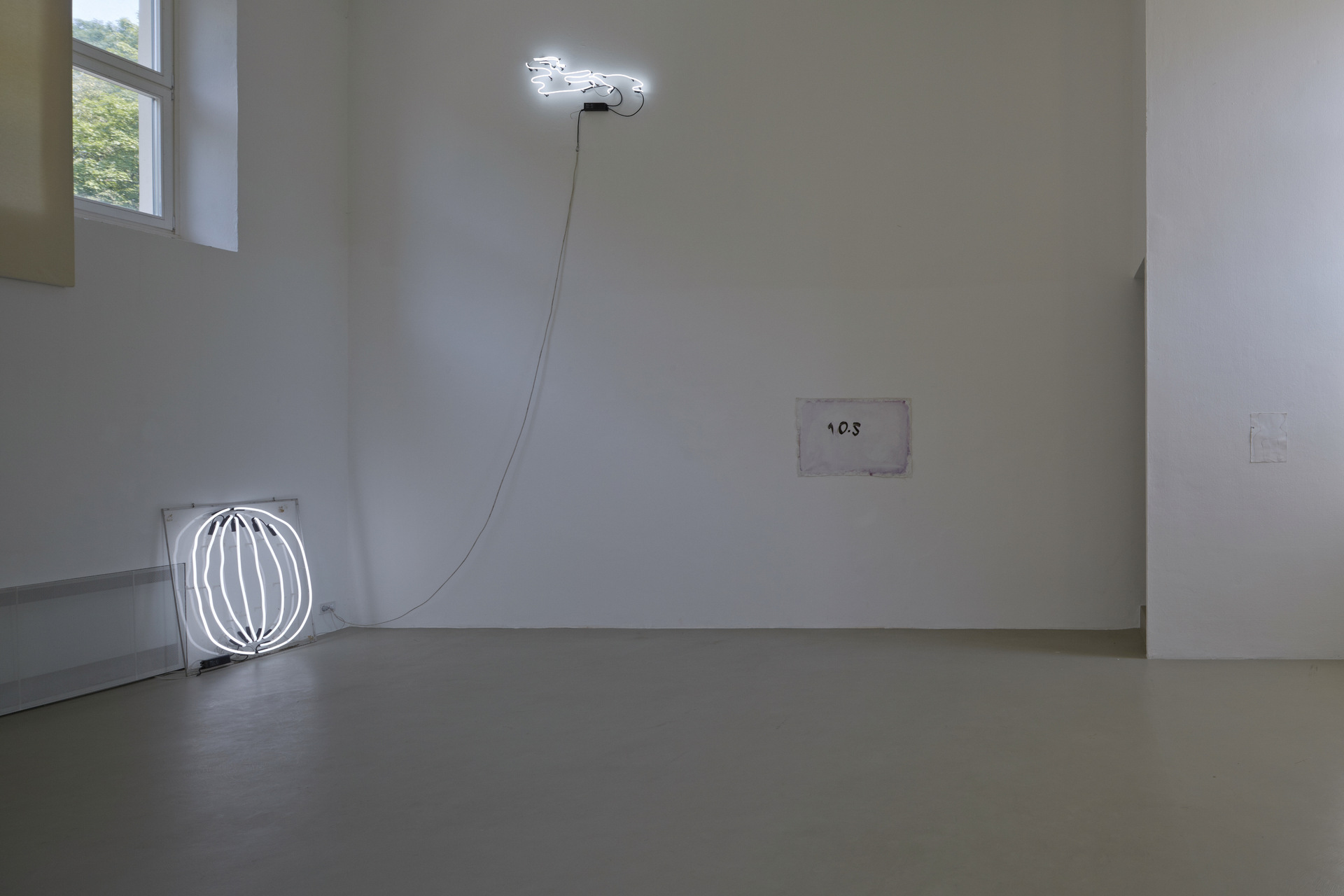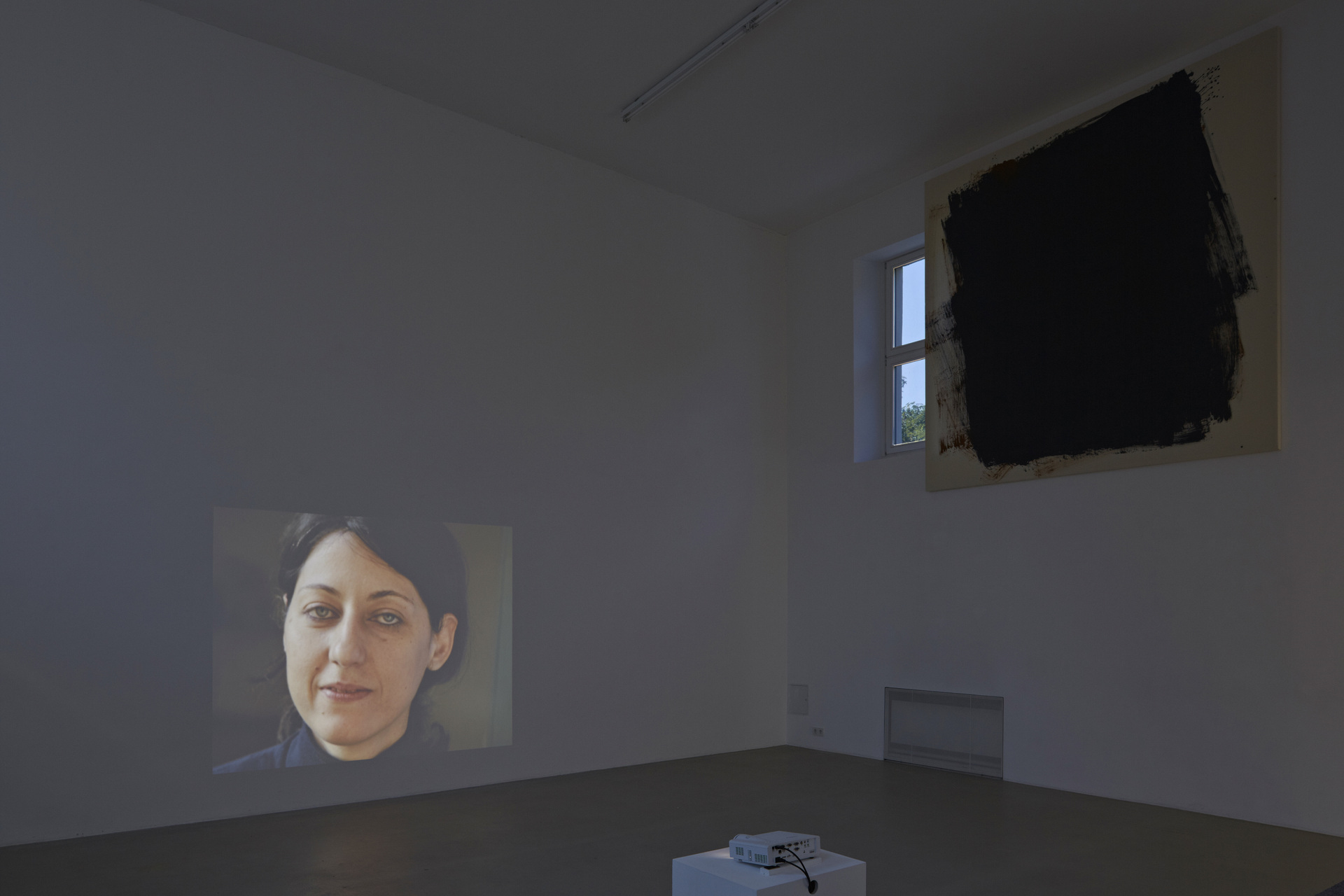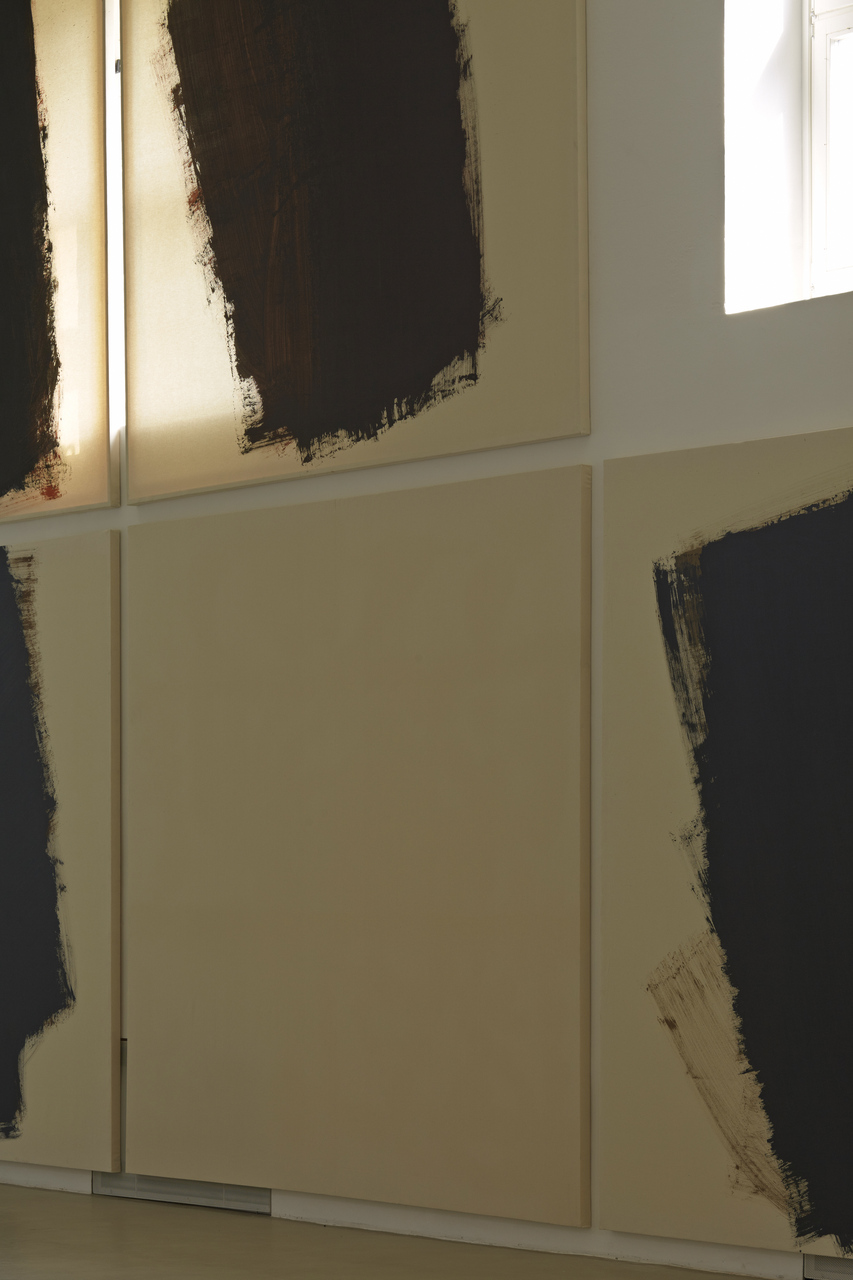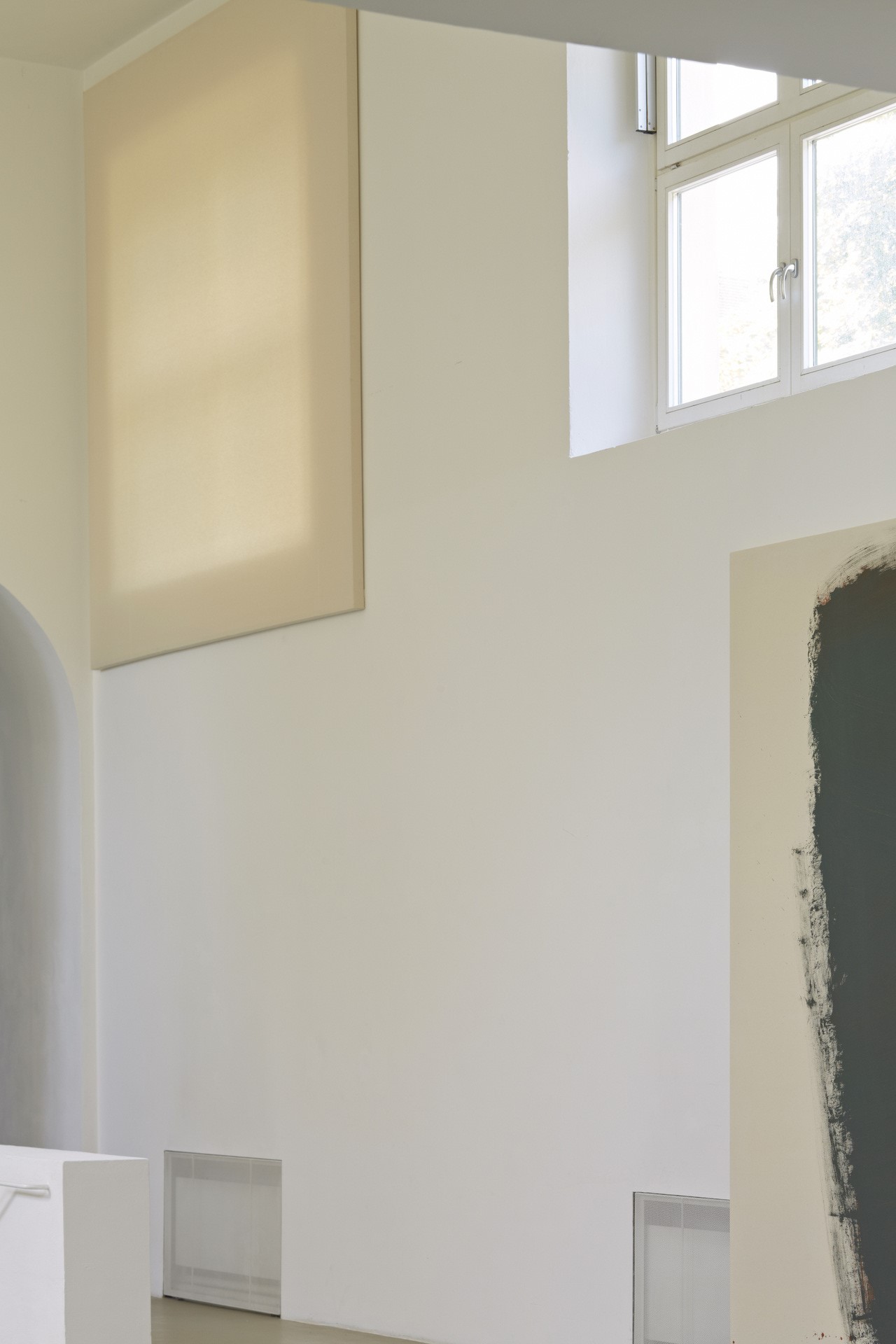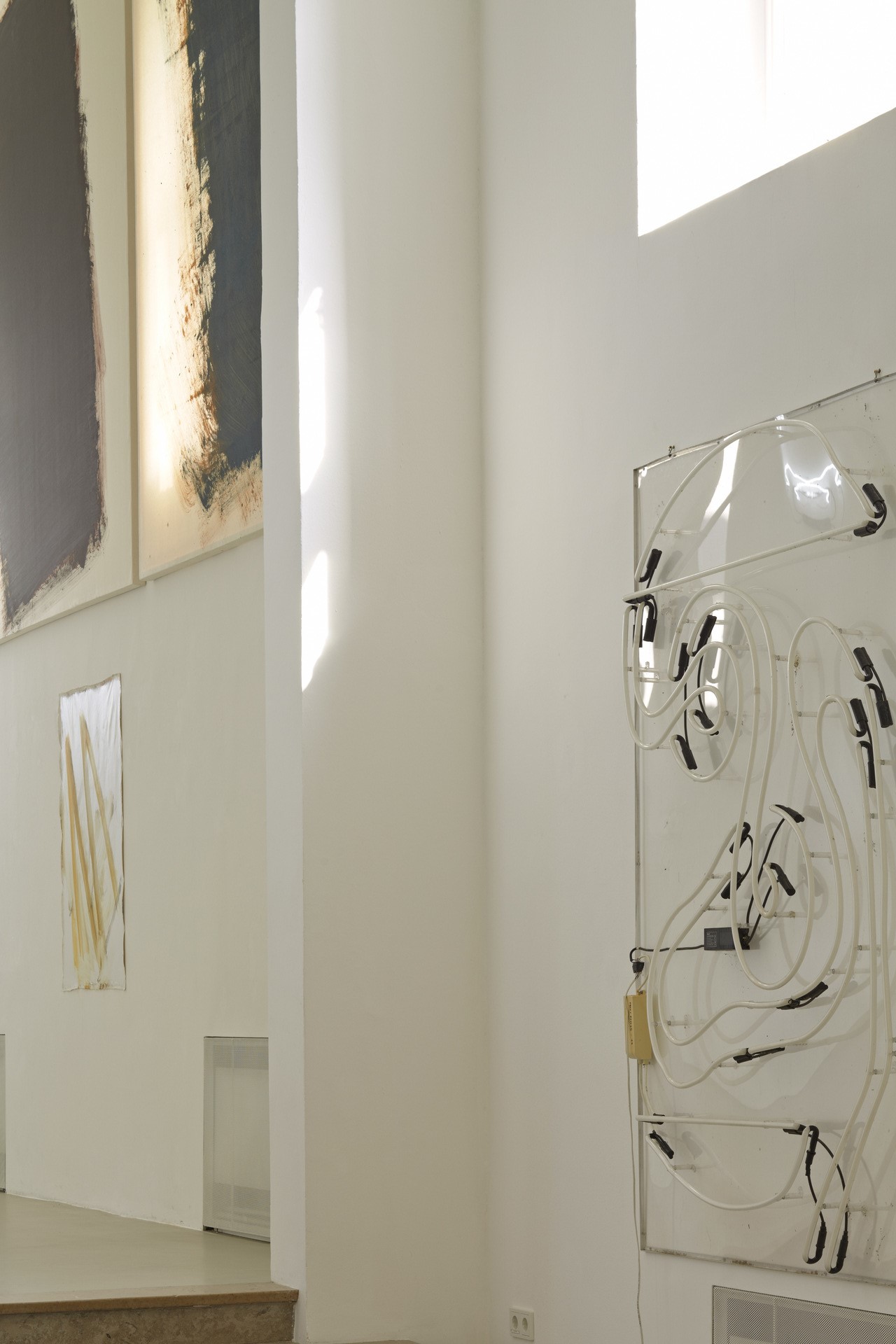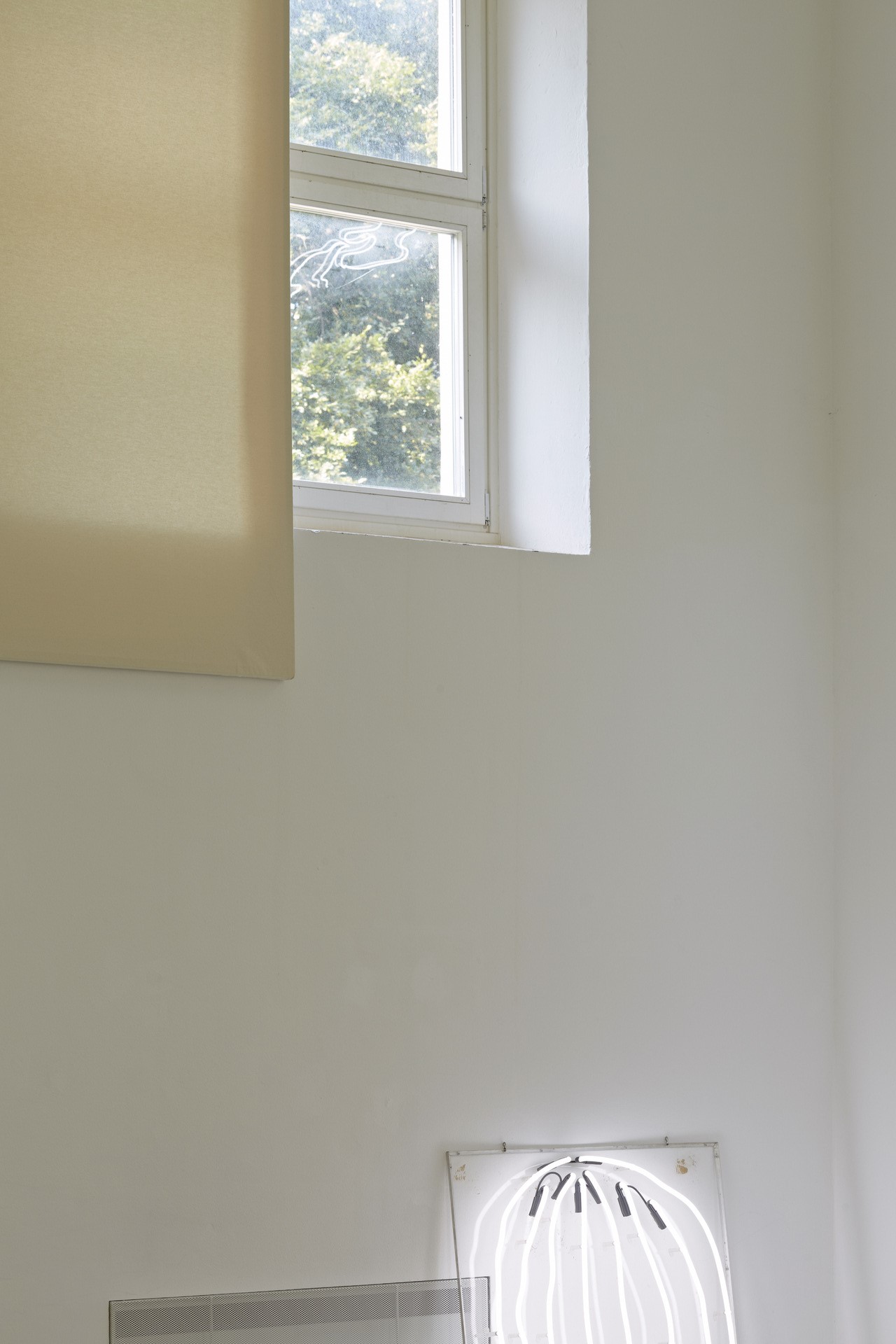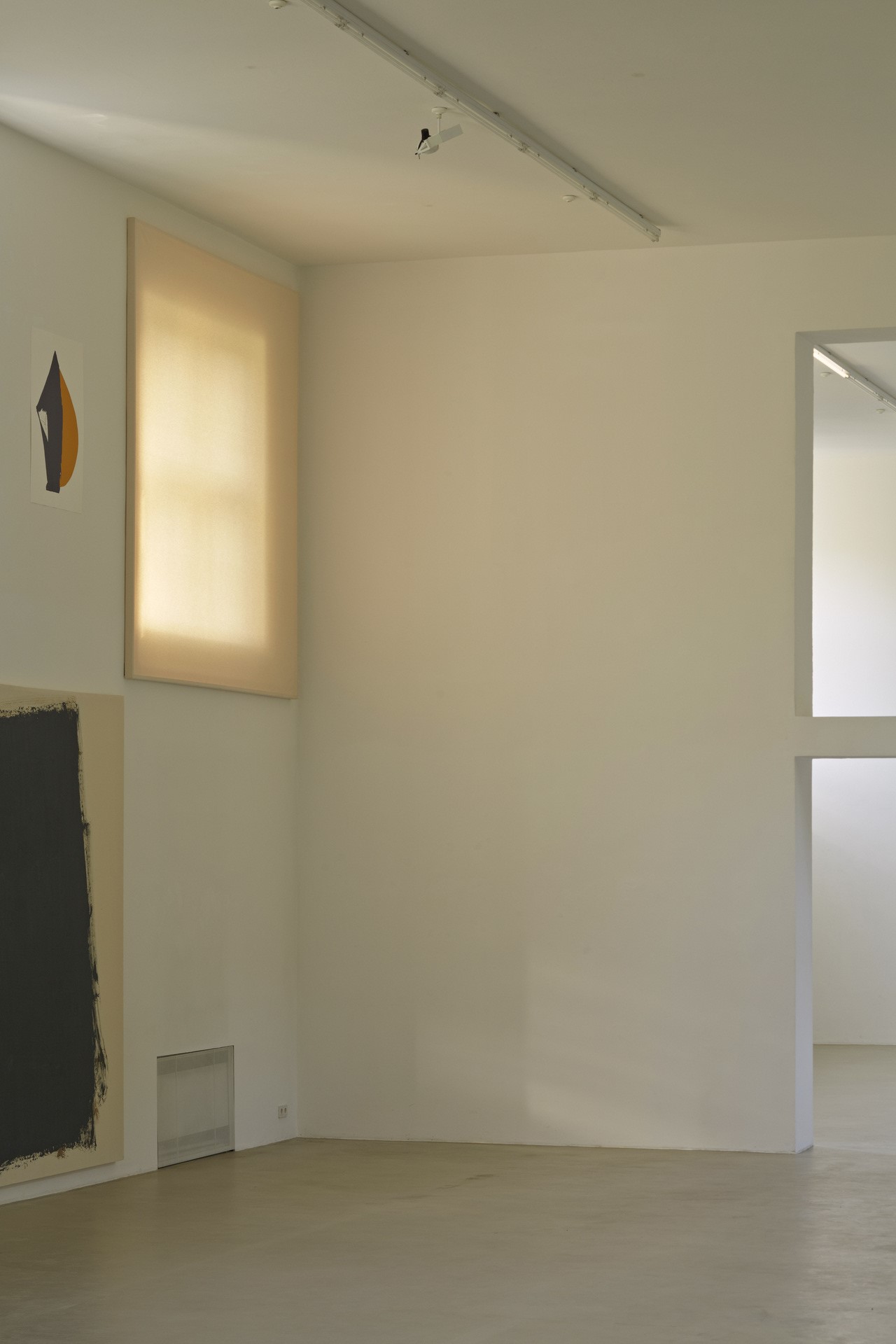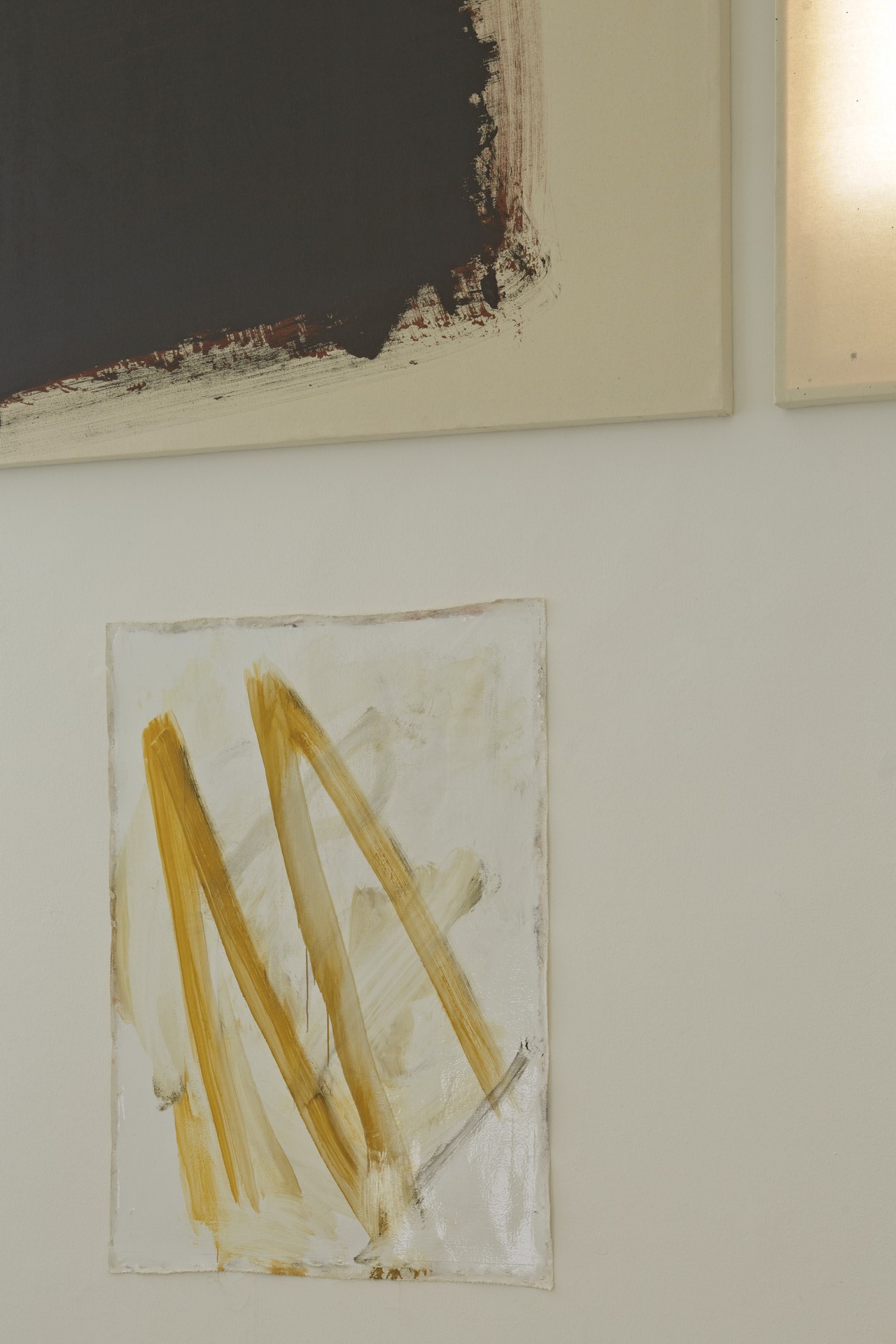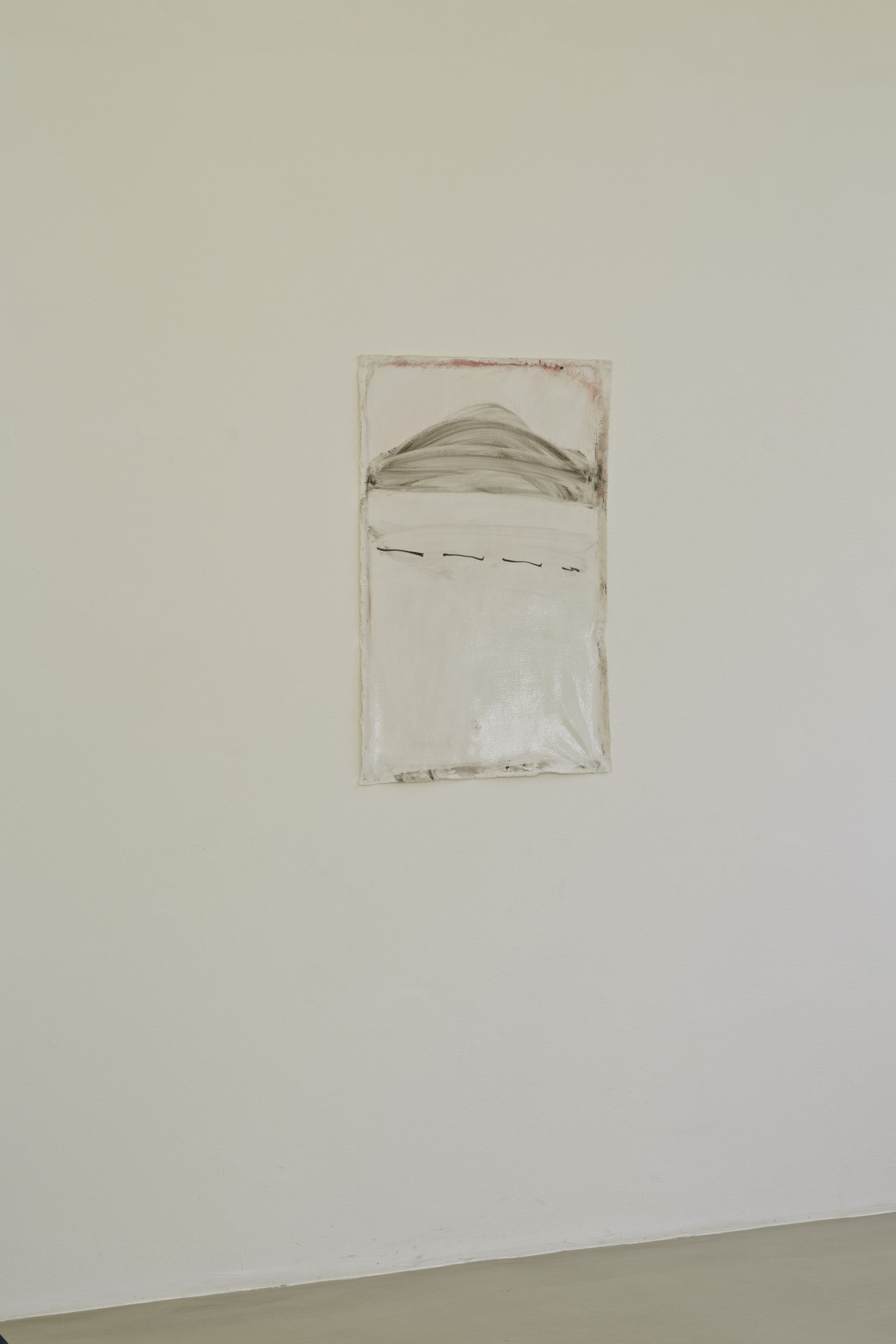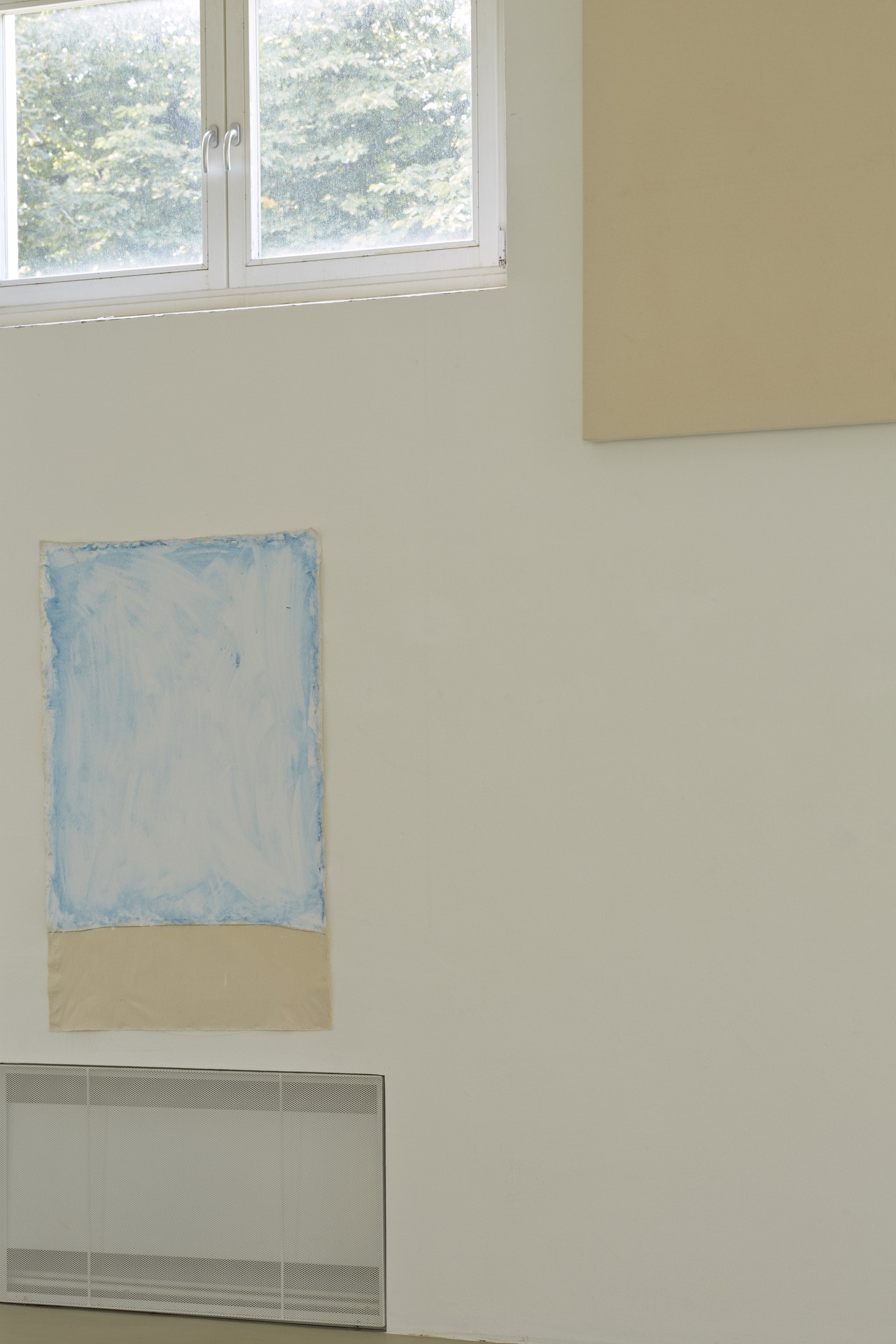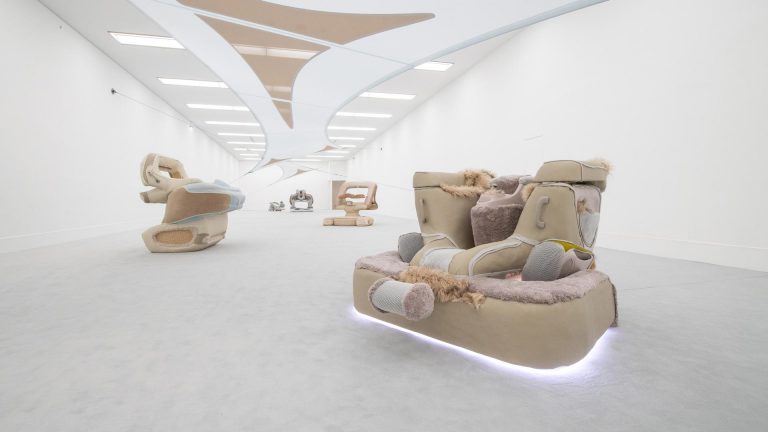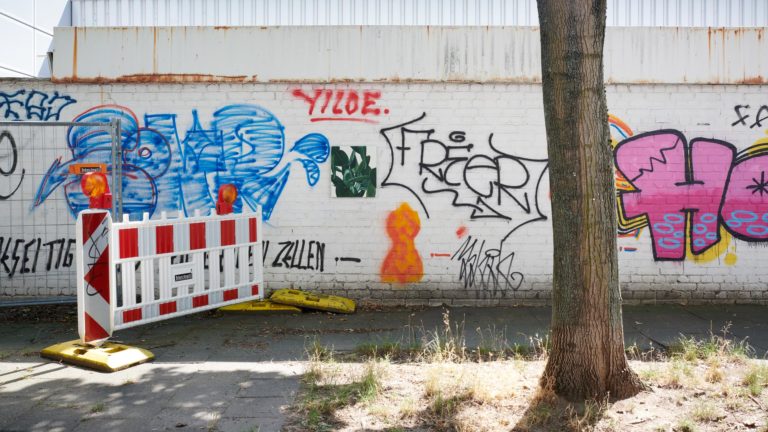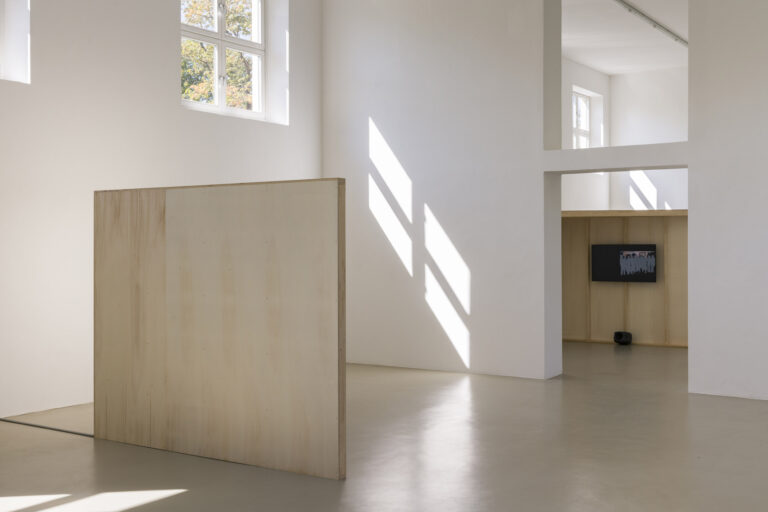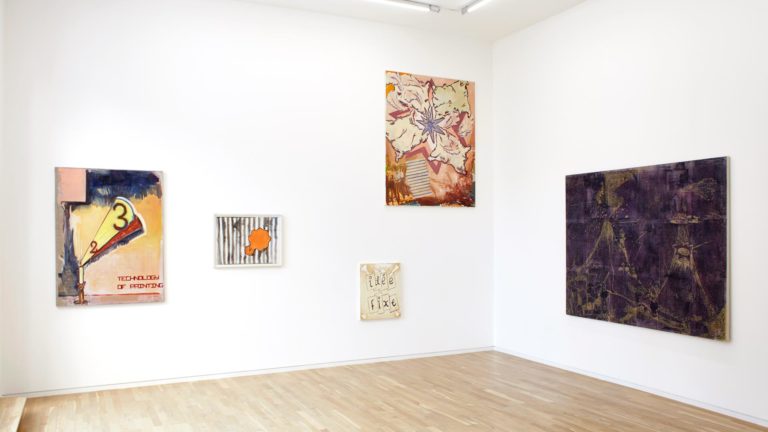Artists: Gintaras Didžiapetris, Renée Levi, Rosalind Nashashibi
Exhibition title: Sudoku
Venue: Kunstverein München, Munich, Germany
Date: July 4 – September 6, 2015
Photography: images courtesy of the artists and Kunstverein München
From 4 July until 6 September 2015, Kunstverein München presents Sudoku — an exhibition by Gintaras Didžiapetris, Renée Levi, and Rosalind Nashashibi.
The exhibition is titled after a popular Japanese puzzle in which deductive logic is used to fill a concentric grid of squares with the numbers 1 through 9 in correct locations. The challenge lies in the puzzle’s restrictive rules, but for the exhibiting artists, Sudoku offered a productive system with which to responsively create new interdisciplinary work, and to re-present existing work in new ways.
Nearly all of the 50 exhibited works were produced individually, but the resulting exhibition is a more collective affair, fitting since each of the artists have become increasingly entangled over the years. Levi made a series of paintings in response to a film by Nashashibi, who later filmed Levi painting with a mop in her Basel studio. Likewise, Didžiapetris and Nashashibi continue to influence each other’s practices. Through Sudoku the artists’ entanglement is pulled even tighter, into a knot, through which their individual approaches are even more visible.
Levi has covered both of longest walls lining the 4 interconnected exhibition rooms of the Kunstverein with an expansive grid of paintings on stretched cotton. The majority of these were painted on site, but Levi has left some frames blank, and absented others altogether, which leave gaps in the grid. Meanwhile, Didžiapetris installed 3 massive neon glyphs into these gaps – mechanical enlargements of plankton selected from a series of his drawings, which add another level of illumination to the diffused light of the windows. Onto Levi’s grid of paintings Nashashibi also projects a 16mm film centered on a woman’s two deflective eyes and an array of covered cars in Cairo. As Levi annihilates the character of the space by covering windows, walls, and heating vents, Nashashibi further disrupts the systematic organization of the grid with a series of drawings on paper and loose canvas.
Mutual interests, such as an expanded conception of drawing; the latent legibility of abstraction; the difference between a textual page-space, and a cinematic time-space, as well as the temporality of reception in general, all emerge from the installation and congeal into a complexly singular organism that is both parasitical and symbiotic — a Sudoku to be parsed in reverse.
In parallel, Kunstverein München and Roma Publications have produced a book on occasion of Sudoku, which will be launched at the opening on 3 July 2015. The second in the Kunstverein’s new Companion series, the publication features demonstrative and representational imagery and interventions by the artists, which follows and deviates from a collated transcription of their conversations.



